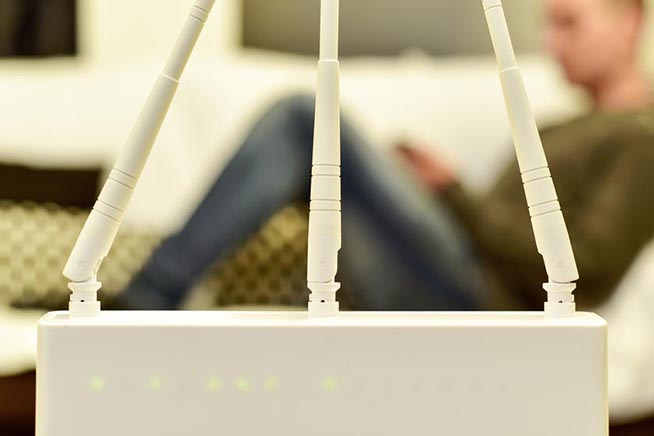A flaw in some of the world's best-selling routers could open the door wide to hackers. Netgear rushed to the rescue, but it may not be enough
A vulnerability in some of Netgear's most widely used routers remained at the mercy of potential hackers who could exploit it for cyber attacks. Netgear, although aware of the serious problem, took months before releasing a patch that would put a "patch" on the problem, and it seems that then in the end it doesn't even work.
The vulnerability was discovered by Andrew Rollins, a security researcher who, on August 25, had warned Netgear about the problem, but the company never responded to him. He decided, then, to come out in the last days because they are very popular router models and this flaw puts at risk all connected devices, with the result that, an expert and malicious hacker, can take control and turn them into bots. The CERT (Computer Emergency Response Team) group of the U.S. Homeland Security has also intervened in the issue and has recommended pulling the plug.
What are the risks?
The CERT explains that exploiting this vulnerability is so trivial that users - if they have the chance - should seriously consider suspending the use of Netgear routers until a valid software-level fix is released. The vulnerability in question basically allows unauthenticated web pages to access the command line and then execute malicious commands that can easily lead to total control of the system. That's no small problem.
Netgear's reaction
The company eventually, that is, in the last few days, confirmed that indeed three of its products "could be vulnerable," only to correct the statement by saying that the router models at risk are, instead, eight - R6250, R6400, R6700, R7000, R7100LG, R7300, R7900 and R8000 - that is, three of the five best-selling routers on Amazon. Do the math and you'll quickly realize how serious this is. Netgear has, moreover, refused to explain why it took so long to release a firmware update, specifying that it is, however, only an untested beta version and "may not work for all users." Se la situazione non fosse già così critica di per sé, l’installazione del firmware “provvisorio” non avviene over-the-air – ossia è il dispositivo che trova, scarica e installa da solo il software – ma sono gli utenti che devono andarselo a cercare (lo trovano comunque qui) e installarselo da soli. E non è un’operazione semplice per la stragrande maggioranza degli utenti.
 Fonte foto: Shutterstock
Fonte foto: Shutterstock
Paura che il vostro router possa essere facilmente hackerabile? Clicca sulla foto e scopri quali impostazioni cambiare per aumentare il livello di sicurezza.
Obiettivo sicurezza
A questo punto si è attivata una serie di esperti di sicurezza, oltre al CERT. Il ricercatore informatico Bas van Schaik ha pubblicato una soluzione per tamponare momentaneamente il problema che, a detta di tutti, è di una gravità sconcertante. CERT recommends to install the Netgear patch - if available for your model - or the one proposed by Bas van Schaik (which you can find here) or to completely disconnect the router. This whole misadventure, explains Andrew Rollins, only makes us understand how the Internet of Things ecosystem, of this world now connected 24 hours a day to the web, is in itself fragile and vulnerable and requires the collaboration of everyone, including users, to make it an increasingly secure environment.
